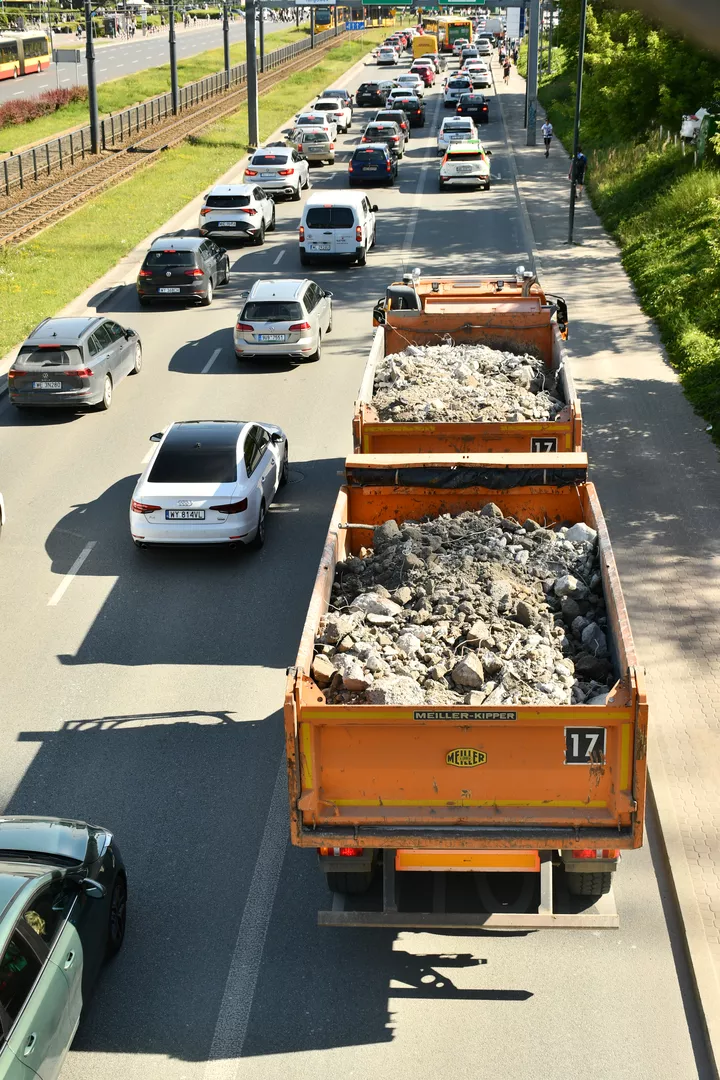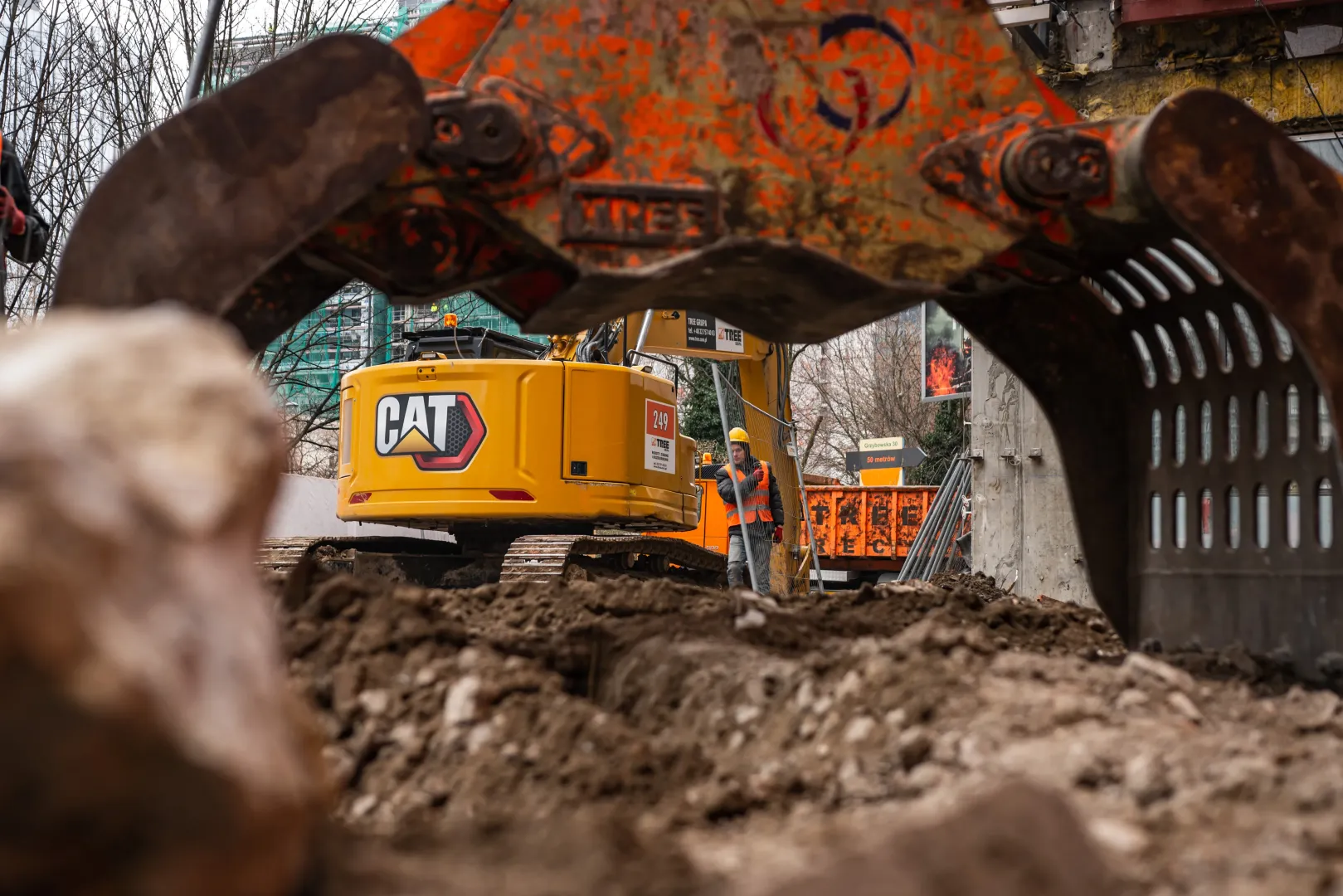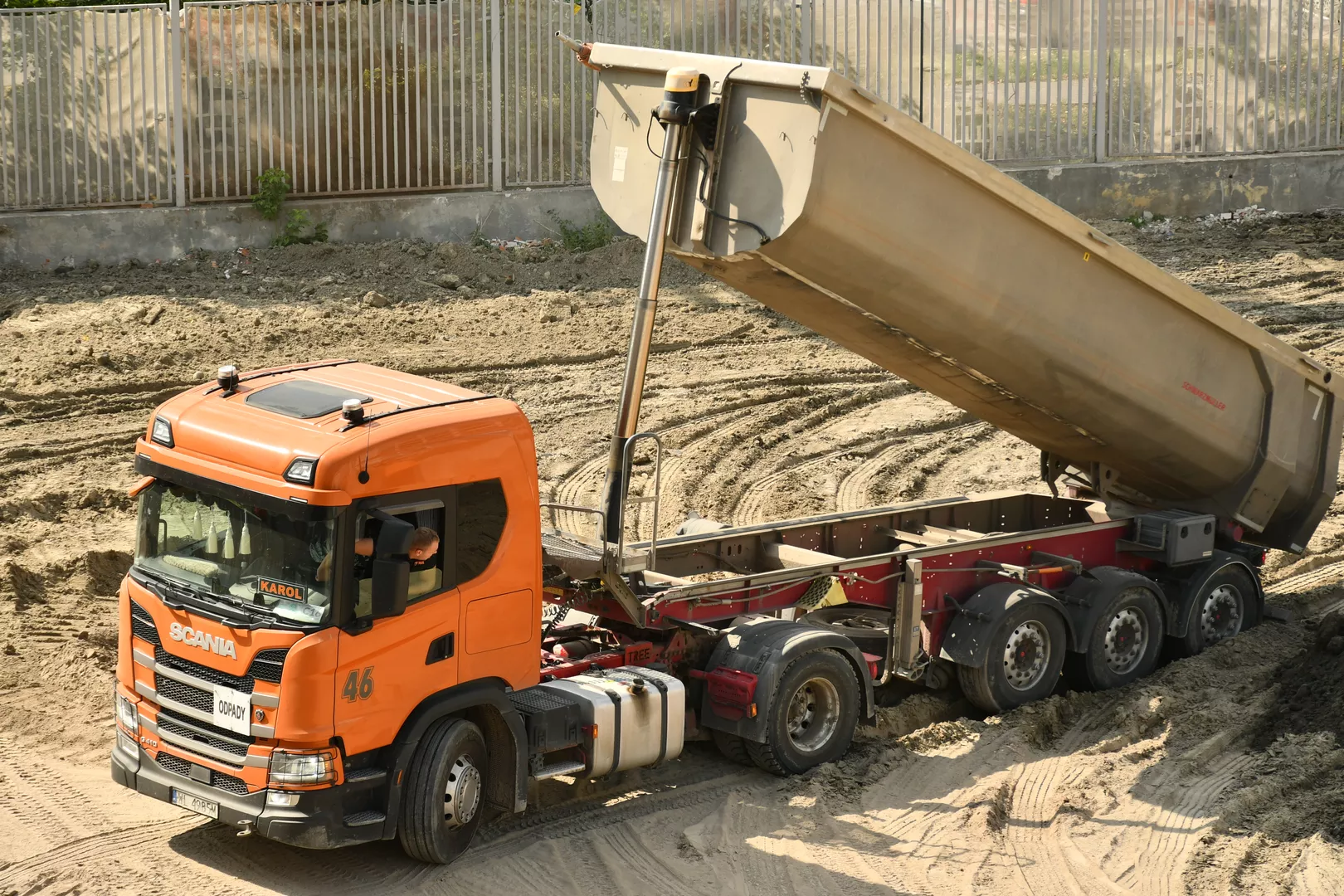
Concrete Recycling from Demolition - Procedures and Economic Benefits
Concrete recycling from demolition is an ecological and economical way to reuse materials. Learn step-by-step procedures and savings you can achieve in construction projects in 2025.
Introduction
Concrete recycling from demolition is a key element of sustainable construction that is gaining importance in 2025. Faced with rising costs of natural materials and new waste management regulations, more and more investors in Warsaw and surrounding areas are deciding to reuse materials from demolition.
New Legal Regulations from 2025
From January 1, 2025, new regulations regarding construction and demolition waste are in effect. According to Article 101a of the Waste Act, these wastes must be collected selectively divided into:
- wood
- metals
- glass
- plastics
- gypsum
- mineral waste (including concrete, brick, tiles and ceramic materials)
- stones
Non-compliance with regulations threatens fines from 1,000 to 1,000,000 PLN.
Concrete Recycling Process - Step by Step
1. Material Preparation
The first stage is segregation and cleaning of concrete rubble from demolition sites. Material must be free of contaminants such as:
- metal elements (reinforcement)
- wood
- plastics
- gypsum
- hazardous materials (e.g. asbestos)
2. Transport to Recycling Facility
Concrete rubble is transported to specialized recycling facilities. Several such facilities already operate in Warsaw, significantly reducing transport costs.
3. Mechanical Crushing
Material is crushed in specialized crushers:
- jaw crushers
- impact crushers
- cone crushers
This process allows obtaining aggregate of various grades (0-4 mm, 4-16 mm, 16-32 mm).
4. Magnetic Separation
Removal of remaining metal elements using magnetic separators.
5. Quality Control
Each batch of recycled aggregate undergoes testing according to PN-EN 12620 standard checking:
- compressive strength
- water absorption
- frost resistance
- contaminant content
Modern Recycling Methods
Thermo-mechanical Method
The latest technology developed by Białystok University of Technology enables waste-free concrete recycling. The process includes:
- roasting rubble at 650°C
- mechanical separation of aggregate from cement mortar
- recovery of both coarse aggregate and fine fraction
Carbonation
New technology introduced by Heidelberg Materials in 2025 in Dąbrowa Górnicza allows for:
- recovery of cement paste (RCP)
- CO₂ carbonation - permanent binding of 150 kg CO₂ per ton of RCP
- replacement of clinker in new cement production
Economic Benefits
Material Purchase Savings
- Recycled aggregate costs 30-50% less than natural aggregate
- With standard natural aggregate prices of 80-120 PLN/t, recycled aggregate costs 50-80 PLN/t
- Additional savings result from lower density - 15-25% less weight at the same volume
Transport Cost Reduction
- Possibility of aggregate production close to construction site
- Shortening transport distance by up to 70% in large cities
- Reducing CO₂ emissions related to transport
Avoiding Storage Fees
- Rubble storage cost: 80-150 PLN/t
- For average house demolition (200-300 t rubble) savings amount to 16,000-45,000 PLN
Savings Calculation Example
Demolition of 150 m² residential building:
- Amount of concrete rubble: approximately 250 tons
- Storage cost: 250 t × 120 PLN/t = 30,000 PLN
- Revenue from aggregate sales: 250 t × 60 PLN/t = 15,000 PLN
- Total economic benefit: 45,000 PLN
Applications of Recycled Aggregate
Road Construction
- Local road sub-bases
- Sidewalks and bicycle paths
- Parking lots and maneuvering areas
- Access roads
Residential Construction
- New concrete production (up to 30% content)
- Foundations of utility buildings
- Precast elements
- Sub-base under paving stones
Quality Requirements
Recycled aggregate must meet standards:
- PN-EN 12620 for concrete aggregates
- PN-EN 13242 for road construction
- Technical requirements for unbound mixtures for national roads
Certification and Documentation
Each batch of recycled aggregate must have:
- Declaration of Performance (DoP)
- CE marking
- Quality control certificate
- Documents confirming material origin
Challenges and Limitations
Technical Limitations
- Higher water absorption than natural aggregate
- Greater concrete shrinkage
- Need to adjust concrete recipes
Logistics Requirements
- Need for storage space
- Dependence on current demolitions
- Need for delivery planning
Development Perspectives
2030 Goals
According to Heidelberg Materials strategy, by 2030, 50% of concrete products will contain recycled materials.
New Technologies
- Development of surface impregnation methods
- Automation of segregation processes
- Artificial intelligence in quality control
Summary
Concrete recycling from demolition in 2025 is not only a legal obligation, but primarily an opportunity for significant savings. With proper planning and cooperation with certified recycling facilities, investors can achieve economic benefits reaching up to 50,000 PLN for a single demolition.
The key to success is:
- Early planning of waste segregation
- Cooperation with certified recycling facilities
- Use of recycled aggregate in new projects
- Material quality monitoring
Concrete recycling is an investment in the future - economic, ecological and compliant with the latest trends in construction.
Bibliography
Bołtryk, M., Kalinowska-Wichrowska, K., Pawluczuk, E. (2018). "Method for separating hardened cement mortar from coarse aggregate and crushing this mortar and device for applying this method". Patent 229887, Białystok University of Technology.
Cemex Poland (2025). "Recycled aggregates - properties and applications". Available: https://www.cemex.pl/kruszywa-z-recyklingu
Heidelberg Materials Poland (2025). "Industrial-scale concrete recycling in Dąbrowa Górnicza". Polish Industry, January 2025.
Holcim (2025). "ECOSource™ - recycled concrete aggregates". Product sheet. Available: https://www.holcim.pl/kruszywa-z-recyklingu-ecosource
European Commission (2023). "Report on progress in achieving municipal waste recycling targets for 2025". Brussels, June 8, 2023.
Kozioł, W., Baic, I. (2018). "Natural aggregates in Poland - current state and future". Mining Review, No. 11/2018.
Recybéton (2025). "French experience in concrete recycling". Actu-Environnement, April 2025.
Regulation of the Minister of Environment of December 14, 2016 on waste recovery and recycling levels (Journal of Laws of 2016, item 2167).
SOZOS (2025). "Construction and demolition waste - new obligations from 2025". Available: https://sozos.pl/odpady-budowlane-i-rozbiorkowe-nowe-obowiazki-od-2025-roku/
Szruba, M. (2018). "Aggregates in construction". Modern Engineering Construction, May-June 2018.
Tsujino, M. et al. (2007). "Application of Conventionally Recycled Coarse Aggregate to Concrete by Surface Modification Treatment". Journal of Advanced Concrete Technology, No. 5(1)/2007.
Act of December 14, 2012 on waste (Journal of Laws of 2023, item 1587 consolidated text).
Act of November 17, 2021 on amending the waste act and some other acts (Journal of Laws of 2021, item 2151).
Zając, B., Gołębiowska, I. (2010). "Modern concrete recycling methods". Chemical Engineering and Equipment, 2010.
PN-EN 12620:2013 "Aggregates for concrete".
PN-EN 13242:2013 "Aggregates for unbound and hydraulically bound materials for use in civil engineering work and road construction".
Tags
Share this guide
About the author
dr inż. Marek Kowalski
Chief Construction Materials Recycling Specialist at Tree Group
Category
Material Recycling
Reading time
12 minutes
Publication date
May 23, 2025
Similar guides

Construction Materials Recycling - Comprehensive Guide for Professionals
A comprehensive guide to best practices in construction materials recycling. Learn about the process from on-site segreg...

Recycling reinforcing steel from demolished buildings in Warsaw
Practical guide to reinforcing steel recovery from building demolition. Learn separation technologies, legal requirement...